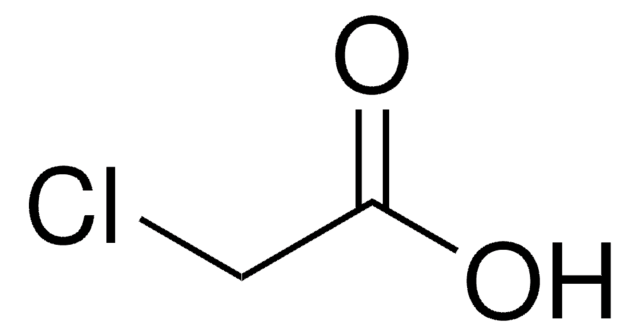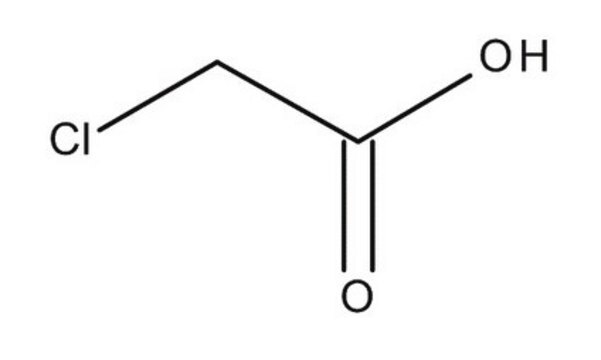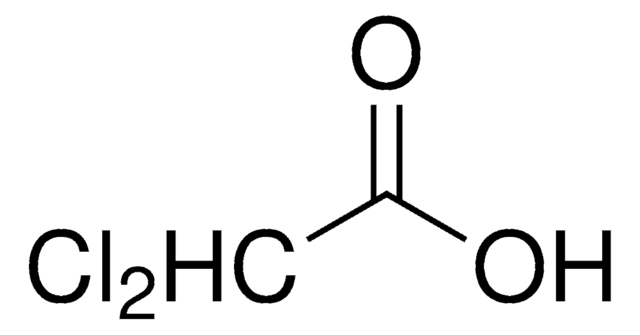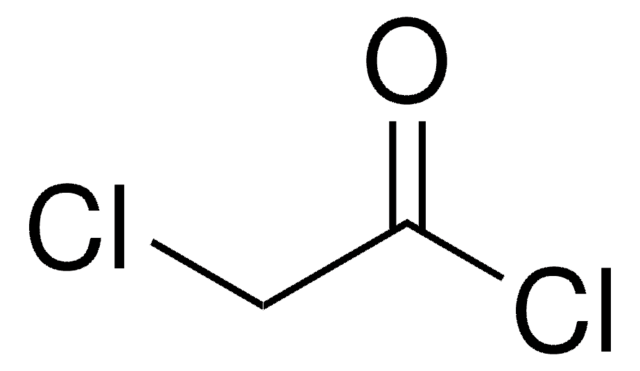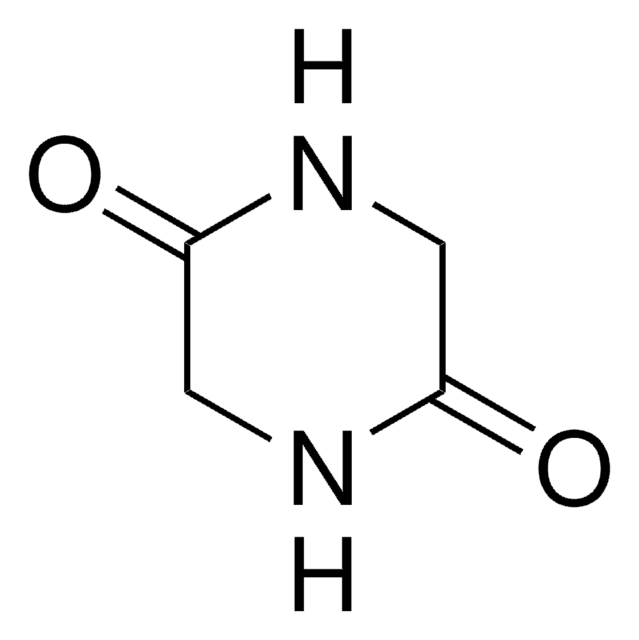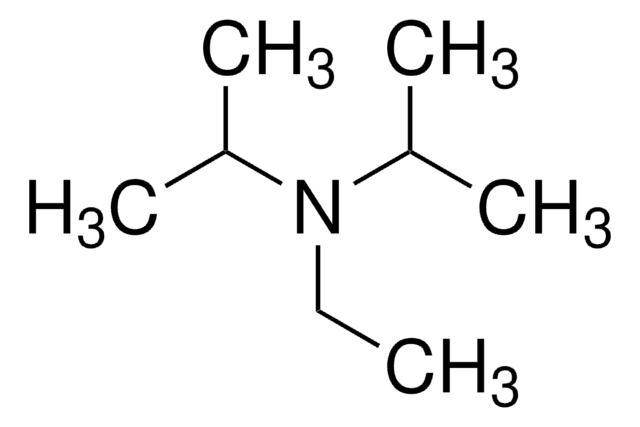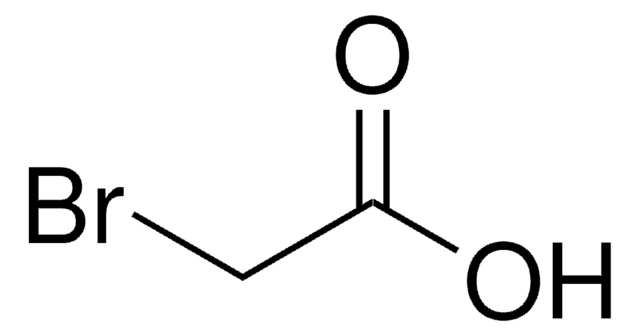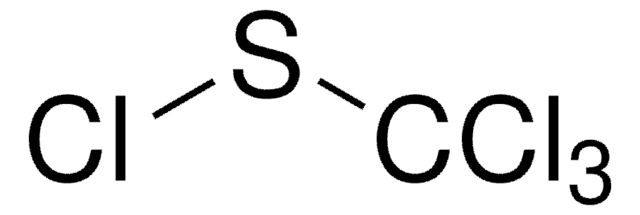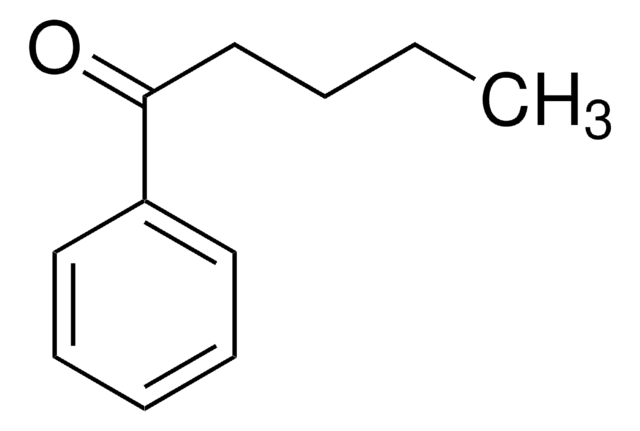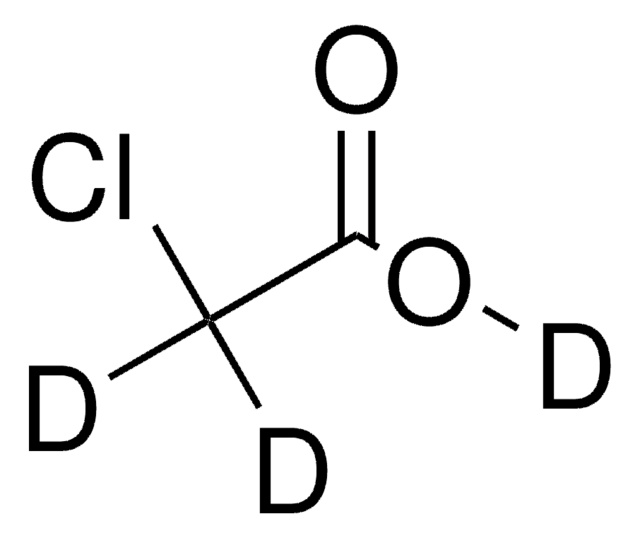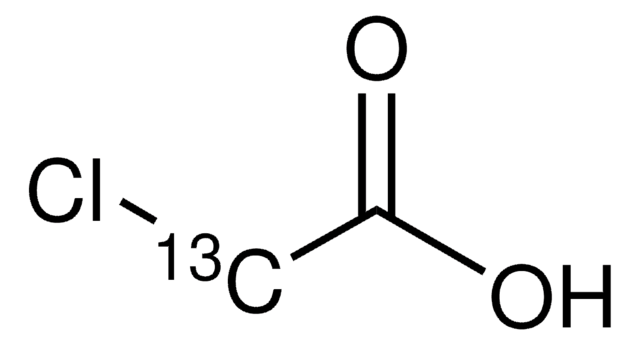402923
Chloroacetic acid
ACS reagent, ≥99.0%
Synonym(s):
Monochloroacetic acid
About This Item
Recommended Products
grade
ACS reagent
Quality Level
vapor density
3.26 (vs air)
vapor pressure
0.75 mmHg ( 20 °C)
assay
≥99.0%
form
solid
impurities
≤0.01% Carbonyl compounds (as acetone)
≤0.01% Carbonyl compunds (other than acetone)
≤0.01% insolubles
ign. residue
<0.02%
bp
189 °C (lit.)
mp
60-63 °C (lit.)
solubility
water: soluble 3170 g/L at 10 °C
anion traces
chloride (Cl-): ≤0.01%
sulfate (SO42-): ≤0.02%
cation traces
Fe: ≤0.002%
heavy metals: ≤0.001% (by ICP)
SMILES string
OC(=O)CCl
InChI
1S/C2H3ClO2/c3-1-2(4)5/h1H2,(H,4,5)
InChI key
FOCAUTSVDIKZOP-UHFFFAOYSA-N
Looking for similar products? Visit Product Comparison Guide
Related Categories
General description
Application
- Thiocarbamoylthioacetic acid derivatives.
- 4-Thiazolone derivatives.
- Triazinothiazolone derivatives.
- Water soluble carboxymethyl chitosan.
Disclaimer
signalword
Danger
Hazard Classifications
Acute Tox. 3 Dermal - Acute Tox. 3 Inhalation - Acute Tox. 3 Oral - Aquatic Acute 1 - Eye Dam. 1 - Skin Corr. 1B - STOT SE 3
target_organs
Respiratory system
Storage Class
6.1A - Combustible, acute toxic Cat. 1 and 2 / very toxic hazardous materials
wgk_germany
WGK 3
flash_point_f
258.8 °F - closed cup
flash_point_c
126 °C - closed cup
ppe
dust mask type N95 (US), Eyeshields, Faceshields, Gloves, type P2 (EN 143) respirator cartridges, type P3 (EN 143) respirator cartridges
Choose from one of the most recent versions:
Certificates of Analysis (COA)
Sorry, we don't have COAs for this product available online at this time.
If you need assistance, please contact Customer Support.
Already Own This Product?
Find documentation for the products that you have recently purchased in the Document Library.
Customers Also Viewed
Our team of scientists has experience in all areas of research including Life Science, Material Science, Chemical Synthesis, Chromatography, Analytical and many others.
Contact Technical Service